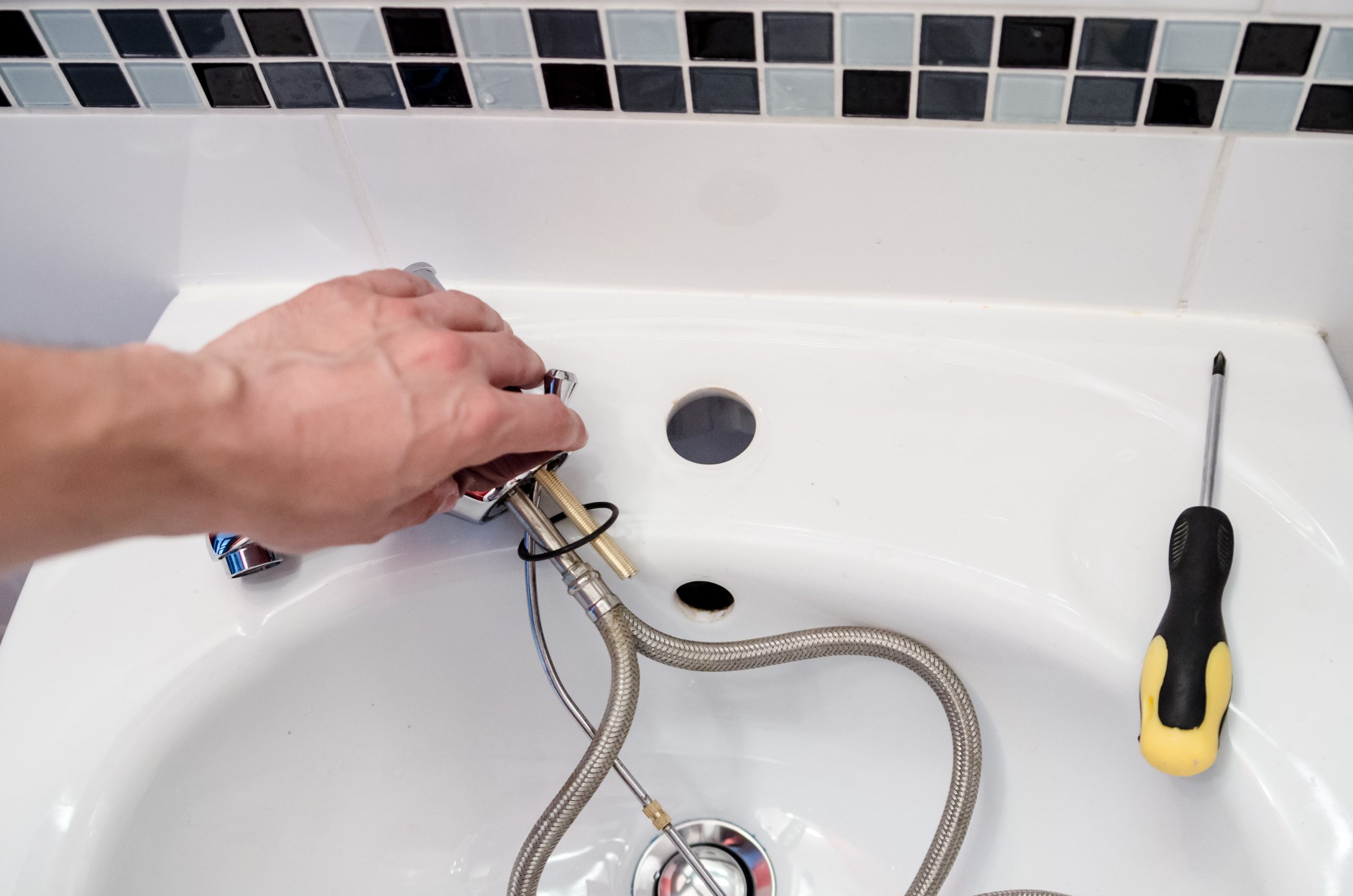Butterfly Valve: Definition, Models, and Prices
Butterfly Valve: Definition, Models, and Prices
The butterfly valve is a flow control or shut-off device used on most fluid systems for industrial and domestic use. While a conventional valve functions as a seat, ball, or plug valve with a progressive screwing device, the butterfly valve is often the simplified quarter-turn valve, so convenient to use both every day and in emergencies.
The principle of the butterfly valve, the different models of butterfly valves, how to choose it, and where to buy it? You’ll find the answers in this post.
Principle of the butterfly valve
The butterfly valve owes its name to the flow shutter, built on the same principle as a carburetor butterfly (gas and choke). A vertical disc of the pipe’s internal diameter is articulated around an axis that passes vertically through it from its zenith to its nadir and is not perpendicular to its plane. The rotating axis is operated by an external lever, usually a quarter turn. Three different positions are possible:
– In the “valve closed” position, the disc’s surface occupies all the space available in the section of the valve intended to pass the fluid. The disc (butterfly) occupies all the available space, and the fluid cannot flow.
– In the “valve open” position, the disc has rotated a quarter turn under the rotation of the outer handle and now presents its (thin) profile to the flow of fluid. Having cleared the passage for the fluid, it can flow freely.
– In the intermediate position, the disc slows down the flow by the reduction of the available opening but also by the turbulence created by the hydrodynamic drag effect, which slows down the flow.
The sealing of the butterfly-valve contact is either ensured by the pressure of the metal of the butterfly against that of the valve or reinforced by a butterfly seat in an elastomer.
Butterfly valve: different models

The different butterfly valves are classified according to the method of opening and closing the valve and the type of attachment.
Control of the butterfly valve
There are two cases:
– Quarter-turn valve: the connection between the butterfly and the handle is direct. As the butterfly can only make a quarter turn in its housing, the handle is only operated for a maximum of a quarter turn. The advantage is twofold: the speed of operation (opening and closing) and the position of the inner butterfly is displayed in the same way as the position of the handle on the valve.
– Reducer-operated valve: when high pressures flow through the pipes, the butterfly movement command is reduced to make it turn without effort. The reducer valve is operated by a hand wheel which, as it turns, operates a reducer which in turn operates the butterfly.
Good to know: confusion can arise between the type of valve closure (butterfly, ball, etc.) and the shape of the control lever (butterfly, straight lever, hand wheel, etc.). For this reason, always focus on the type of closure and not the type of control.
Type of butterfly valve mounting
There are three types of attachment:
– Butterfly valve: it is fixed like a classic valve on the pipe, generally by screwing, either at the end or in the middle of a network.
– Flanged butterfly valve: the valve is inserted between two pipes to which flanges attach it. This arrangement allows the downstream pipe to be removed without draining the entire system just by closing the valve before operation.
– Winged butterfly valve: screwed on either side of each of the pipes, it separates, and the position of the valve drains the entire circuit during an intervention on the downstream pipe.
Purchase of a butterfly valve
Depending on the diameter (section of the pipe), butterfly valves can be found either in garden centers or DIY stores, at a distributor of building materials for local purchase, or on the Internet, where it is possible to discover many productions and compare prices.
The diameter of butterfly valves is expressed either in millimeters (mm) or in inches and fractions of inches with the following equivalences:
|
Section in inches |
Diameter in mm |
Section in inches |
Diameter in mm |
|
1/8 |
10 mm |
1-1/4 |
42 mm |
|
1/4 |
13 mm |
1-1/2 |
49 mm |
|
3/8 |
16,5 mm |
1-3/4 |
55 mm |
|
1/2 |
21 mm |
2 |
60 mm |
|
5/8 |
23 mm |
2-1/4 |
70 mm |
|
3/4 |
26,5 mm |
2-1/2 |
76 mm |
|
7/8 |
31 mm |
2-3/4 |
82 mm |
|
1 |
34 mm |
3 |
90 mm |
Example: A butterfly valve of the screw-in type in brass can be found starting at about $3, while a butterfly valve of the building type in PVC and flanges quickly reaches $300.




[…] Having a job is of paramount importance these days. Indeed, there are many jobs in the world. The fact…
[…] Personally, I need a hot shower whether we are in winter or summer because I don’t feel clean otherwise,…
[…] Sound off in the comments section below, and tell us what you want to read next and if you…
[…] unfortunately, when it concerns a major plumbing issue, a botched job might end up causing a lot of harm…
[…] overestimate your talents, either. Sure, some simple jobs (like prevention!) can be done by a handy homeowner. But don’t…